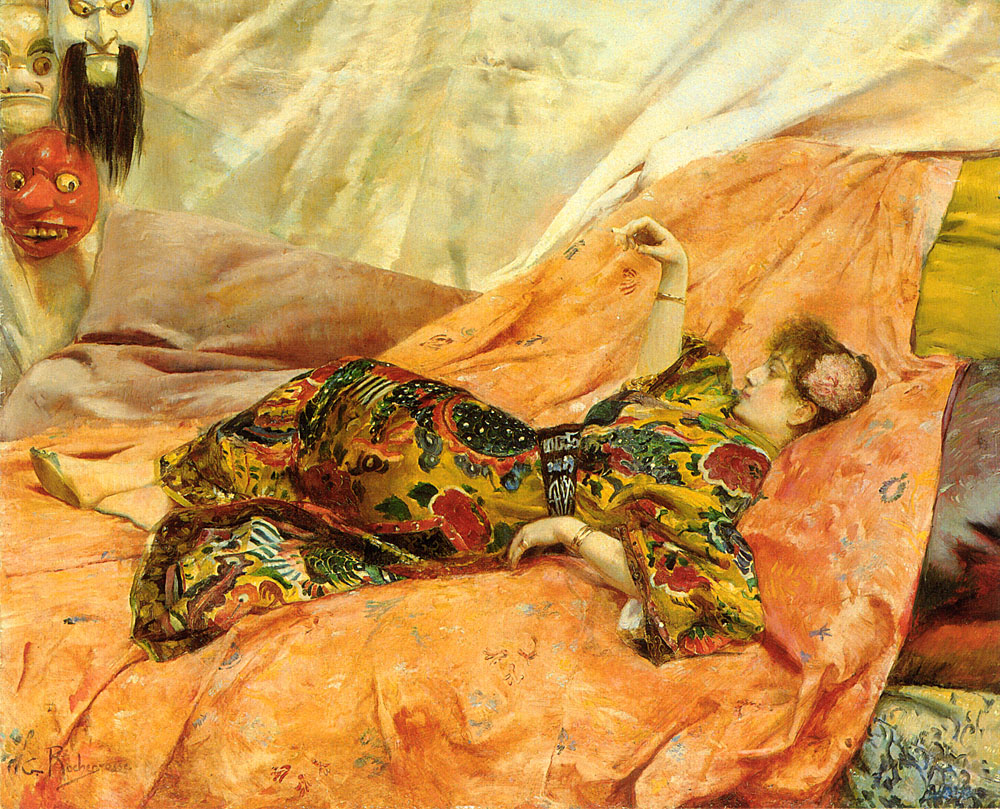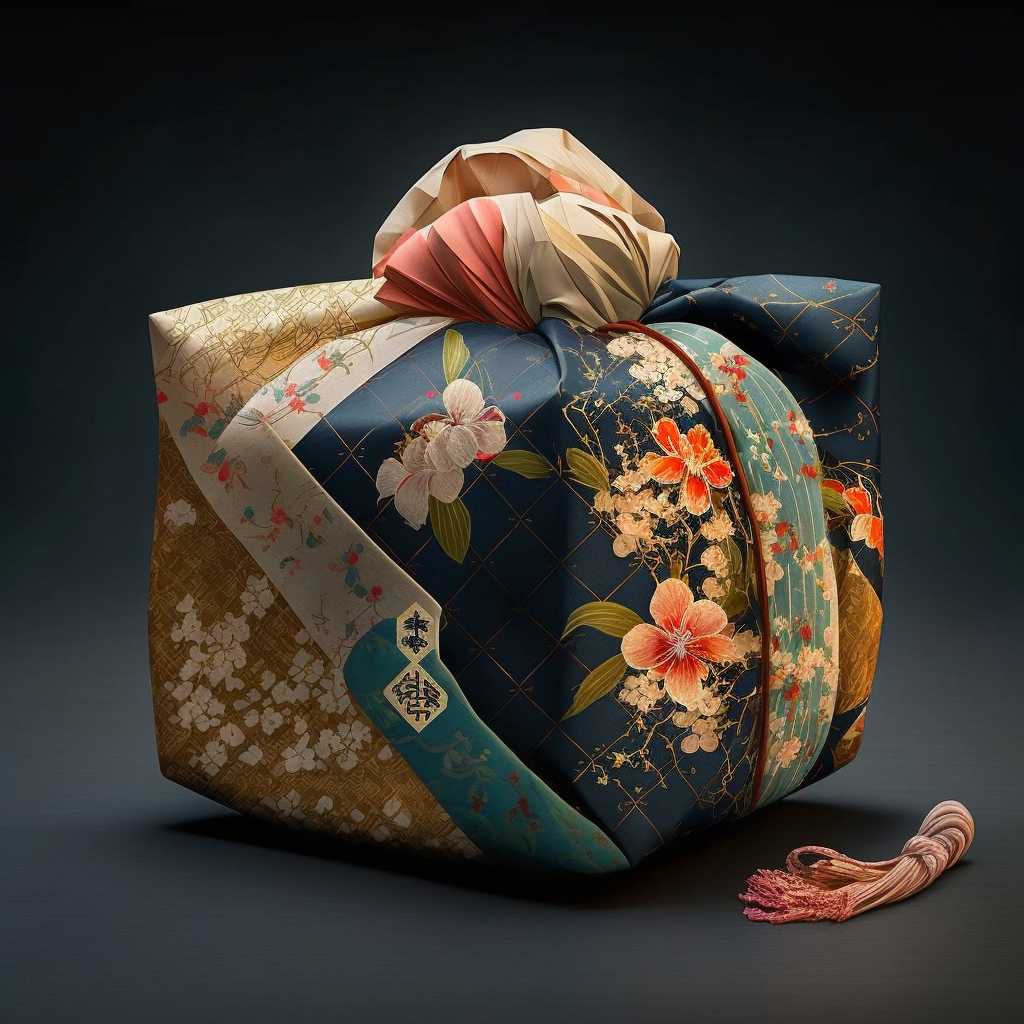Japonism is an artistic and cultural movement that emerged in Europe at the end of the 19th century, following Japan’s opening to international trade in 1854 and the establishment of peace and friendship treaties with Western countries. This movement influenced many European artists and writers, who were fascinated by Japanese culture and aesthetics.
History and influences of Japonism
Japonism emerged in Europe at a time when artists were seeking new sources of inspiration to free themselves from the artistic and aesthetic conventions of the past. The opening up of Japan to international trade allowed Europeans to discover a culture and aesthetic totally different from those they had known until then. Japanese prints in particular aroused the admiration of European artists, who were fascinated by their use of color, asymmetrical composition and graphic style.
Japonism began to develop in France in the 1860s, thanks to the efforts of collectors and art dealers who began importing Japanese prints and objects. Among the most famous collectors were art critic Philippe Burty, who wrote numerous articles on Japanese art, and art dealer Samuel Bing, who opened a store in Paris in 1895 called “L’Art Nouveau”. This boutique helped to popularize Japanese aesthetics in France and make Japonisme an integral part of the Art Nouveau movement.
Artistic characteristics of Japonism
Japonism has influenced many European artists in many fields, including painting, sculpture, architecture, interior design and even fashion. Artistic characteristics of Japonism include the use of natural motifs, such as flowers, birds and fish, and the use of bright, contrasting colors. Japanese artists also employed graphic techniques such as the use of clean, precise lines to create patterns, and the use of inverted perspective to create an impression of depth.
Japanese aesthetics also influenced the composition and structure of many European works of art. Artists often used asymmetrical compositions and repetitive motifs to create an impression of movement and fluidity, while the form and structure of buildings and furniture were often influenced by the patterns and lines of Japanese objects.
The main works of Japonism
Japonism influenced many European artists, and many important works were created in this style. Here are just a few examples of important Japanese works:
- “The Princess of the Country of Porcelain” & “Nocturne in Blue and Gold – the Old Bridge of Battersea”, James McNeill Whistler (1864-1865)
- “The Japanese Fan or The Admirer of Japan”, Gustave Léonard de Jonghe (circa 1865).
- “Young women looking at Japanese objects”, James Tissot (1869)
- “The Japanese Parisienne and The Japanese Dress”, Alfred Stevens (1872)
- “The Japanese” by Claude Monet (1876) – an oil painting depicting Madame Monet in colorful kimono, with a fan.
- “A Japanese woman”, Jules Lefebvre (1882)
- “The Courtesan” (after Eisen), Van Gogh (1887)
- “Japanese”, Plum trees in bloom Van Gogh (1887)
- “The Blue Kimono”, William Merritt Chase (1888)
- “Girl in red kimono” and “Girl in white kimono”, George Hendrik Breitner (1894)
- “Portrait of Sarah Bernhardt”, Georges Rochegrosse (circa 1900)
- “Naked with the Japanese umbrella”, Aimé-Nicolas Morot.
- “The Water Lily Pond” by Claude Monet (1919) – a series of oil paintings depicting a pond of water lilies in the artist’s garden, with wooden bridges and Japanese trees.
These works are representative of the Japanese aesthetic that fascinated European artists at the end of the 19th century, and helped popularize Japonism in Europe.



